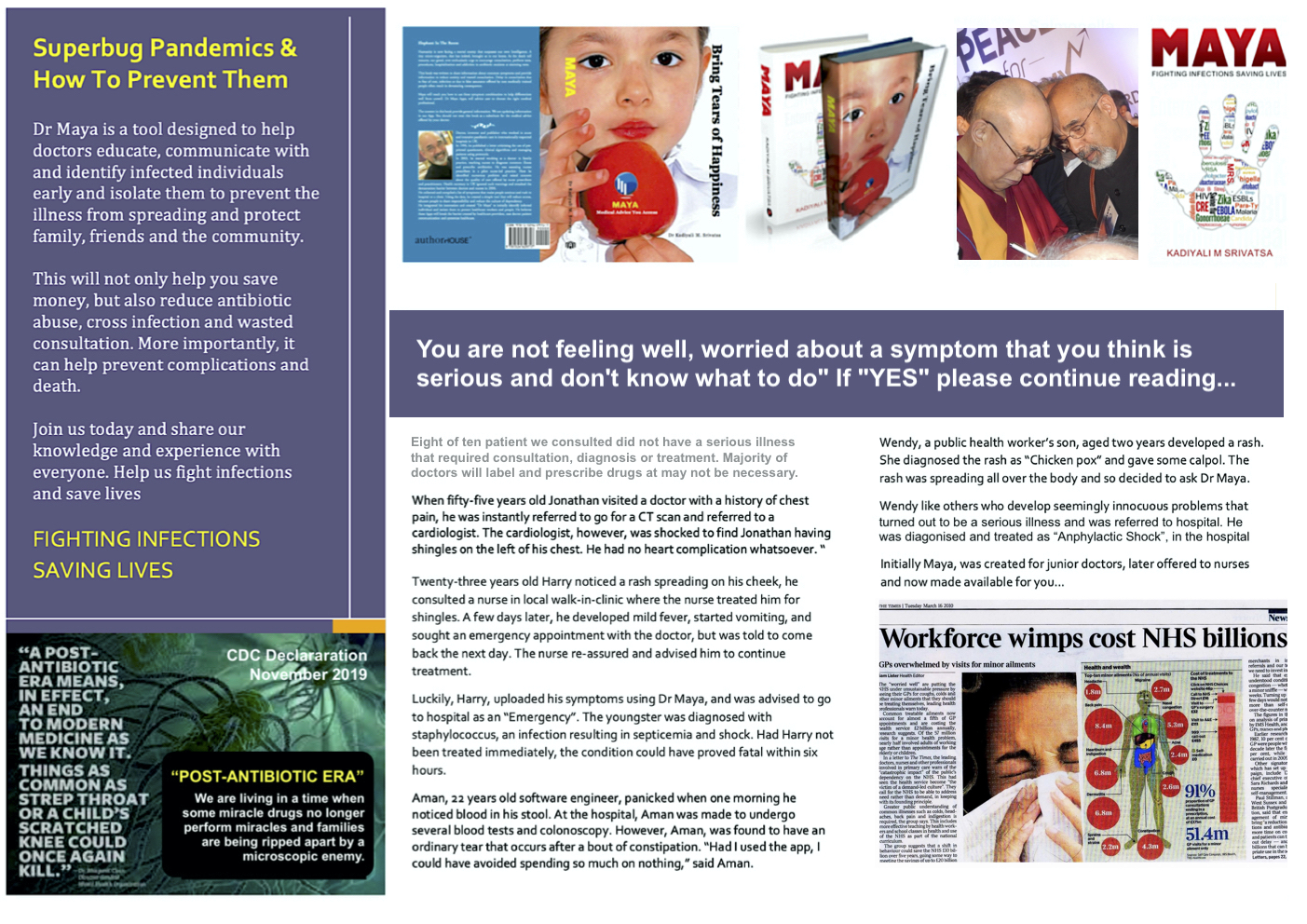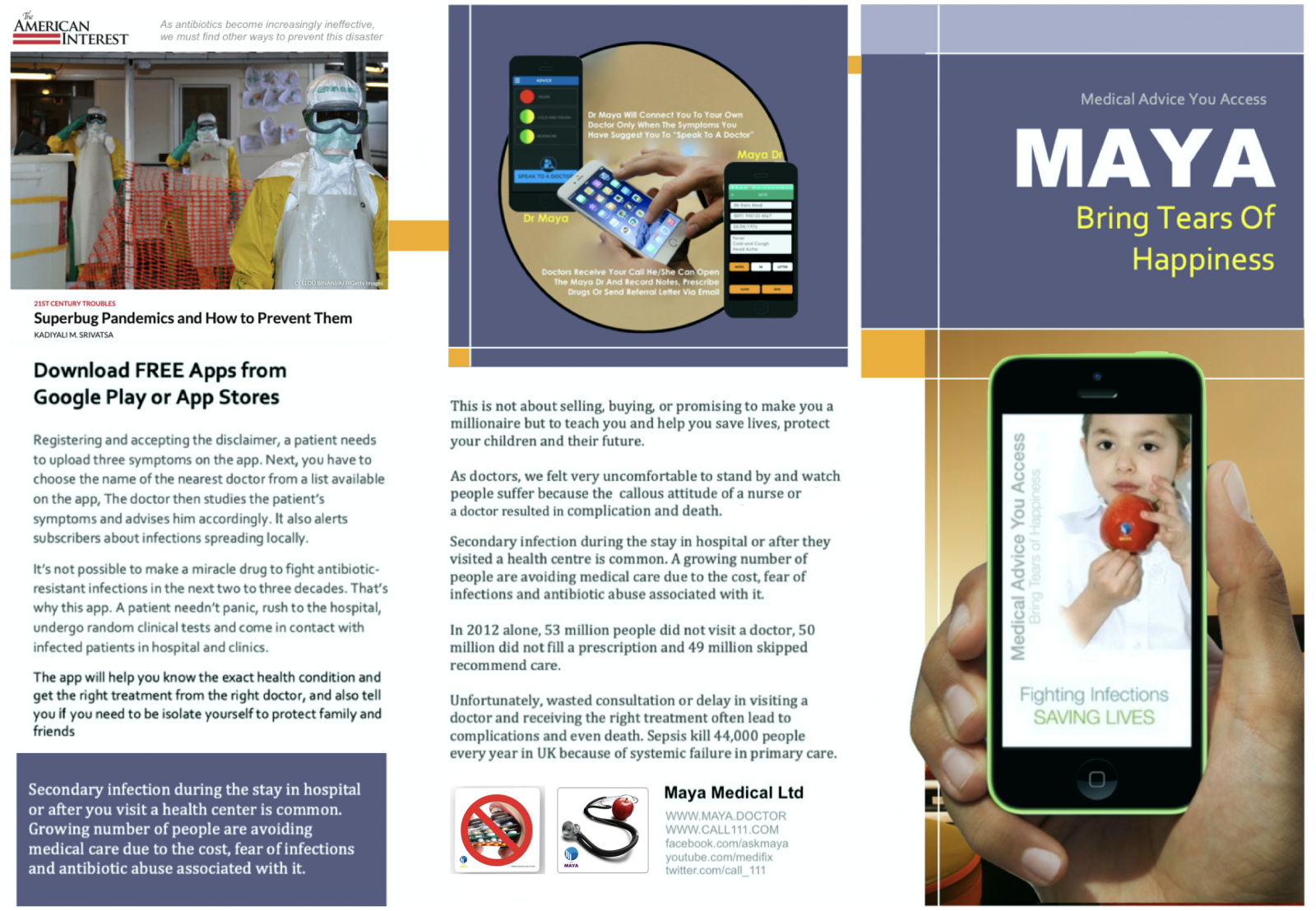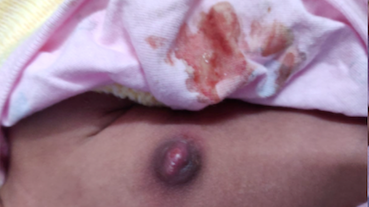This article was published in American Interest in January 2017, two years before the onset of COVID-19. I have not given any importance to the virus infection as a pandemic because, in the past, the beginning of a pandemic started by a virus, followed by secondary bacterial infections that kill. Viruses do not have the knowledge or organelle to destroy our bodies' organs. 96% of patients with COVID infection were treated with antibiotics because doctors believed antibiotics prevent secondary bacterial infections.
Organ failure, bleeding, sepsis and death are caused by bacteria. It's almost three years after COVID-19 started spreading in China, and doctors are talking about "White Lung". This is a typical sign of pneumonia. This article explains the situation we are all in and the solution that could have averted the crisis. The WHO, CDC, and people in power are living under an illusion based on theoretical idealism without understanding the imposed quarantine and lockdowns that have ripped apart families and bankrupted businesses. and nations.
SUPERBUG PANDEMIC AND HOW TO PREVENT THEM.
It is no secret that the human species is locked in a race of its own making with “superbugs.” By combining massive advertising and what can only be called stupidity, we must now invent eighteen new and effective antibiotics faster than deadly bacteria evolve—and regrettably, they are rapidly doing so with our help. I do not exclude the possibility that bad actors might deliberately engineer deadly superbugs.1 But even if that does not happen, humanity faces an existential threat mainly of its own making in the absence of malign intentions.
We have indeed been warned. The curse we created was understood as a possibility from the very outset seventy years ago when Sir Alexander Fleming, the discoverer of penicillin, predicted antibiotic resistance. In a 2015 article, “The Most Predictable Disaster in the History of the Human Race, ” Bill Gates repeated the point: “No one can say we weren’t warned. And warned. And warned.2 A pandemic disease is the most predictable catastrophe in the history of the human race, if only because it has happened to the human race so many, many times before.”
Even with effective new medicines, if we can devise them, we must contain outbreaks of bacterial disease fast, lest they get out of control. In other words, we have a social-organizational challenge before us as well as a strictly or narrowly medical one. That means getting sufficient amounts of medicine into the right hands and in the right places. Still, it also means educating people and enabling them to communicate with each other to prevent any outbreak from spreading widely.
Responsible governments and cooperative organisations have options, but even individuals can contribute something. As a medical doctor, I have created a computer app that promises to be helpful in that regard—more in a moment. But first, let us review the situation; At the same time, it has become well-known to many people that there is a general resistance to acknowledging the severity and imminence of the danger.
THE PROBLEM
Bacteria are among the oldest living things on the planet. They are masters of survival and can be found everywhere. Billions of them live on and in every one of us, helping our bodies run smoothly and stay healthy. Most bacteria that are not helpful to us are at least harmless, but some are not. They invade our cells, spread quickly, and cause havoc that we refer to generically as a disease.
Millions of people used to die yearly due to bacterial infections until we developed antibiotics. These wonder drugs revolutionised medicine, but one can have too much of a good thing. Doctors have used antibiotics recklessly, prescribing them for just about everything, and in the process, helped to create strains of bacteria resistant to our medicines. We even give antibiotics to cattle that are not sick, use them to fatten chickens, and treat animals that are sick with them.
Large and small companies still mindlessly market antimicrobial products for hands and homes, claiming they kill bacteria and viruses. They do more harm than good because the low concentrations of antimicrobials that these products contain tend to kill friendly bacteria (not viruses at all) and clear the way for the mass multiplication of surviving unfriendly bacteria. Perhaps even worse, hospitals have deployed antimicrobial products on an industrial scale for a long time, resulting in a sharp rise in iatrogenic bacterial illnesses.
The overuse of antibiotics and commercial products containing them has helped superbugs to evolve. We now increasingly face microorganisms that cannot be killed by antibiotics, antifungals, antivirals, or any other chemical weapon we throw at them. Pandemics are a significant risk we run as a result, but it is not the only one.
Then we have gonorrhoea, chlamydia, and other sexually transmitted diseases that we cannot treat and are spreading worldwide. Anyone with sex can catch these infections, and because most people may not exhibit any symptoms, they spread diseases without anyone knowing about them.
Then we have gonorrhoea, chlamydia, and other sexually transmitted diseases that we cannot treat and are spreading worldwide. Anyone with sex can catch these infections, and because most people may not exhibit any symptoms, they spread infections without anyone knowing about them. Sexually transmitted diseases used to be treatable with antibiotics, but in recent years we have witnessed the rise of multi-drug resistant STDs.
Overuse of antibiotics by doctors, homemakers, and hospital managers could mean that, in the not-too-distant future, something as simple as a minor cut could again become life-threatening if it becomes infected. Cancer therapy, organ transplants, surgeries, minor and significant, and even childbirth rely on antibiotics to prevent infections.
We stand to lose most of our medical advances in the past fifty years, and the problem is already here. Last year an outbreak of Carbapenem-resistant Enterobacteriaceae (CRE) restricting visits and banning children from visiting Tallaght Hospital, Ireland 3, made us very uncomfortable. The flu epidemic in the UK may soon result in secondary Superbug infections, as in 1918, killing millions and resulting in a Pandemic that can bring us to our knees.
Introducing “Dr MAYA” And “MAYA Dr”
All is not lost; there is at least some good news. Scientists can now rapidly decode the basic structure and pathways of most new diseases in ways that were unimaginable even a few decades ago. But even a much more rapid response must still rely on patients coming forward to say they have a symptom that may require investigation and treatment.
We know from experience that patients with severe symptoms are often in denial and ignore them until it’s too late; they avoid seeking help from doctors because they do not want their fears confirmed. But we can conquer this problem, and we can do it without requiring the top to bottom reform of public health infrastructures.
I have developed a simple method to help people share information about symptoms, and it uses communication technology to monitor what’s going on and offer advice and treatment. Under my system, emergency operation centres, infectious disease control centres, and doctors are all informed after clusters of similar symptoms have been identified. This will help mobilise services to isolate infected individuals and prevent them from travelling to healthcare centres or hospital emergency rooms, thus spreading their infection to healthcare workers and the population at large.
Also, by enabling doctors to create a database of symptoms using their local language, we can protect healthcare workers and the general public. We have spent years thinking, testing and developing a tool that is simple to use and inexpensive to implement.
Our hypothesis is simple: We must stop using strong combinations of antibiotics and broad-spectrum antibiotics and instead focus on preventing infections from spreading locally. My innovation, the Dr MAYA app, can identify infected individuals early, manage primary healthcare, lower patient anxiety, and reduce consultation time, thereby stopping the spread of infection.
I created MAYA (Medical Advice You Access) to help receptionists and nurses in nurse-led clinics, walk-in clinics, and emergency out-of-hours services to differentiate merely unwell from seriously unwell patients - and to refer the latter to doctors or hospitals if required. But technology now allows us to do much more.
Through the Dr MAYA mobile phone application, we can develop a monitoring system that identifies clusters of infections in hospitals, communities, towns and countries.
Preventing patients with contagious diseases from visiting accidents and emergency departments or clinics will protect the lives of doctors, nurses and the general population. Hospitals must use Dr MAYA as the gatekeeper to protect healthcare workers, non-infected patients, and community members. Monitoring clusters of patients in one family, community, or local hospital will swiftly halt epidemics and prevent pandemics.
HOW DOES THIS WORK?
Let’s imagine that a person is feeling ill and wants to know what is wrong with them. So they log into the system where they enter their symptoms, just as one might call a medical receptionist to explain why they need an appointment. Dr MAYA then evaluates the symptoms and advises the patient based on medical knowledge and experience. It does not give an ad hoc answer like many receptionists do but responds using a database composed of medical intelligence.
Patients will be directed not to call a doctor if the Dr MAYA system suggests they should instead go to a pharmacist, a nurse, or a hospital. That will reduce time-wasting consultations for non-threatening symptoms like warts, athlete’s foot, allergic rashes, or fungal infections. Patients will be advised to call emergency numbers if their symptoms are severe but non-infectious.
If the symptoms indicate an infection, Dr MAYA will inform local infectious disease units to prevent the person from travelling and infecting healthcare workers and others. Only patients who require clinical examination or specific tests will be advised to book an appointment, thus reducing emergency appointments by about 80 per cent because doctors will only see patients requiring face-to-face consultations.
By using Dr MAYA, patients can access specialist information provided by their doctor and communicate with healthcare professionals 24 hours a day, 365 days a year. They can offer appointments and video consultations and send and receive letters and prescriptions. Dr MAYA can also be linked to hospital management systems, or we can help to digitise and systemise healthcare in hospitals, clinics, and government health departments.
Dr MAYA is also a boon for doctors because it will make their lives easier and help improve their patients' care. Additionally, they can forward referral letters and sick notes and search for information using the Internet while speaking to a patient. And that’s not all. Patients can watch videos, see pictures, and read information sheets to help manage common medical problems, reduce wasted consultations, save costs and reduce cross infections.
Integrating Dr MAYA with the IT revolution has created the world’s first tool to help identify and monitor infections. Offering a powerful way to help doctors communicate, manage their patients better, and reduce the cost of running their clinic or office will encourage them to participate. Health departments, hospitals, airlines, healthcare service providers, embassies, and doctors can create portals and offer registered users services. This tool will also reduce the number of receptionists, booking clerks, nurses and even junior doctors (Casualty Medical Officers), all of which significantly inflate the cost of health care.
Dr MAYA can particularly help poorer countries because it enables them to skip the time and expense of building obsolete medical communications systems. MAYA can also be adapted to help people communicate during times of natural calamities, wars, and pandemic disease.
We must act now to prevent and control an uncontrollable tsunami of superbugs and viruses that could wipe millions of people off the face of the planet.
REFERENCE
1 See http://www.the-american-interest.com/byline/drew-miller/
2 Ezra Klein, The most predictable disaster in the history of human race, Vox, 2015 3 See Children banned visiting Tallaght Hospital, Dublin, Ireland (Dec 2016)
Change The Way You Manage Unscheduled Appointments To Protect "You And Protect Healthcare Workers"
.png)


Medical Consulation Slides


.png)